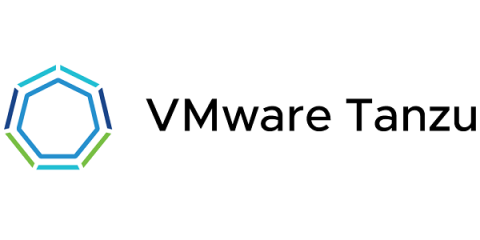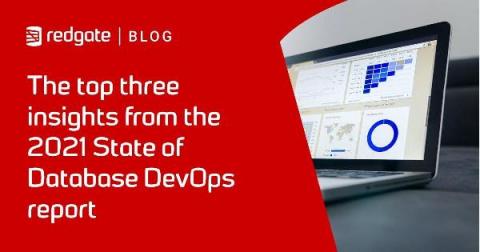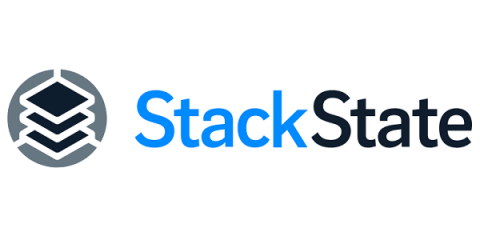Reducing flaky test failures
Testing is vital because it helps you discover bugs before you release software, enabling you to deliver a high-quality product to your customers. Sometimes, though, tests are flaky and unreliable. Tests may be unreliable because of newly-written code or external factors. These flaky tests, also known as flappers, fail to produce accurate and consistent results. If your tests are flaky, they cannot help you find (and fix) all your bugs, which negatively impacts user experience.











